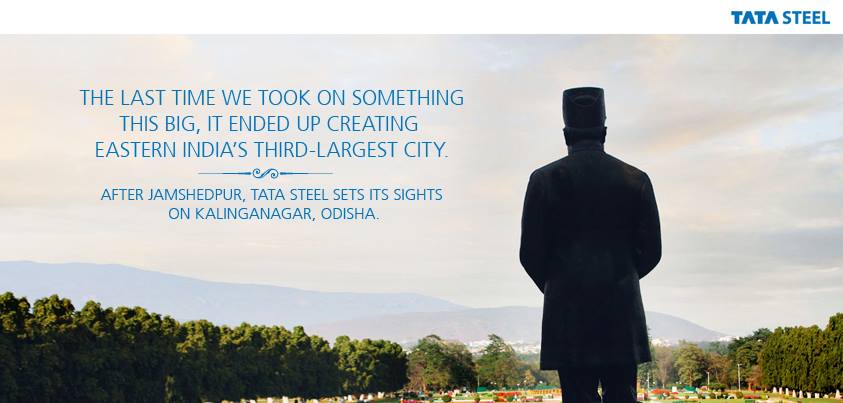Tata Steel Ltd has invested more than 25,000 crore in its Kalinganagar steel project in Odisha and has plans to expand further, according to T.V. Narendran, managing director of Tata Steel India and South East Asia.
Despite financial troubles in Europe, Tata Steel India has got all the funds that it had asked for from the company’s board, Narendran said.
Tata Steel conceived this plant in 2005-2006 but work was delayed because of problems related to land acquisition and could start only in 2010. The delay increased the project cost, which now stands at ` 25,000 crore in the first phase. The first phase of the project of 3 million tonnes (mt) was commissioned in 2016.
Once the two phases of this project are fully operational, Tata Steel’s India capacity will increase to 16mt from 10mt.
“Even as recently as four years ago, there was nothing much in Kalinganagar. Today it is buzzing with activity and this is just the beginning. The operation has the potential to become, in a decade, bigger than the Jamshedpur plant. Kalinganagar is one of the biggest Make in India stories,” said Narendran.
In an interview to Tata.com, Narendran said Kalinganagar was a huge challenge for Tata Steel.
“To be fair to Tata Steel Board, the Indian operation has got all the funds that it has asked for. Last year was a difficult one for Tata Steel India as our Ebitda (earnings before interest, taxes, depreciation and amortization) was 19%. This compares well with leading companies not only in our industry but in other industry sectors as well,” Narendran said.
He admitted that South East Asia was hurt badly following the crisis in China and the firm’s operations in NatSteel (of Singapore) and Tata Steel Thailand were also affected owing to the same.
“But NatSteel has emerged from the experience a leaner and more agile organization, and so has Tata Steel Thailand,” said Narendran.
He said Kalinganagar was a great case study for Tata Steel as before the company started work there, it assumed that just because it’s from the Tata group, everybody would welcome them. “Those villagers in and around Kalinganagar did not know of the legacy and history of the Tatas. Many of them got misled and were susceptible to being exploited. A key learning from Kalinganagar is that if we want to develop a greenfield site, we have to first build equity and a relationship with the local community. Also, it’s not just about creating jobs but about encouraging job creators,” Narendran said.
“You have to help local youth become entrepreneurs as well because a single steel plant cannot meet all the job aspirations of the local community,” he added.
Narendran’s comments come at a time when Tata Steel has entered into talks with companies including Germany’s Thyssenkrupp AG on a possible joint venture in Europe, after reviewing bids on the UK assets that the Indian steel maker had planned to sell.
Courtesy: Livemint.com epaper

